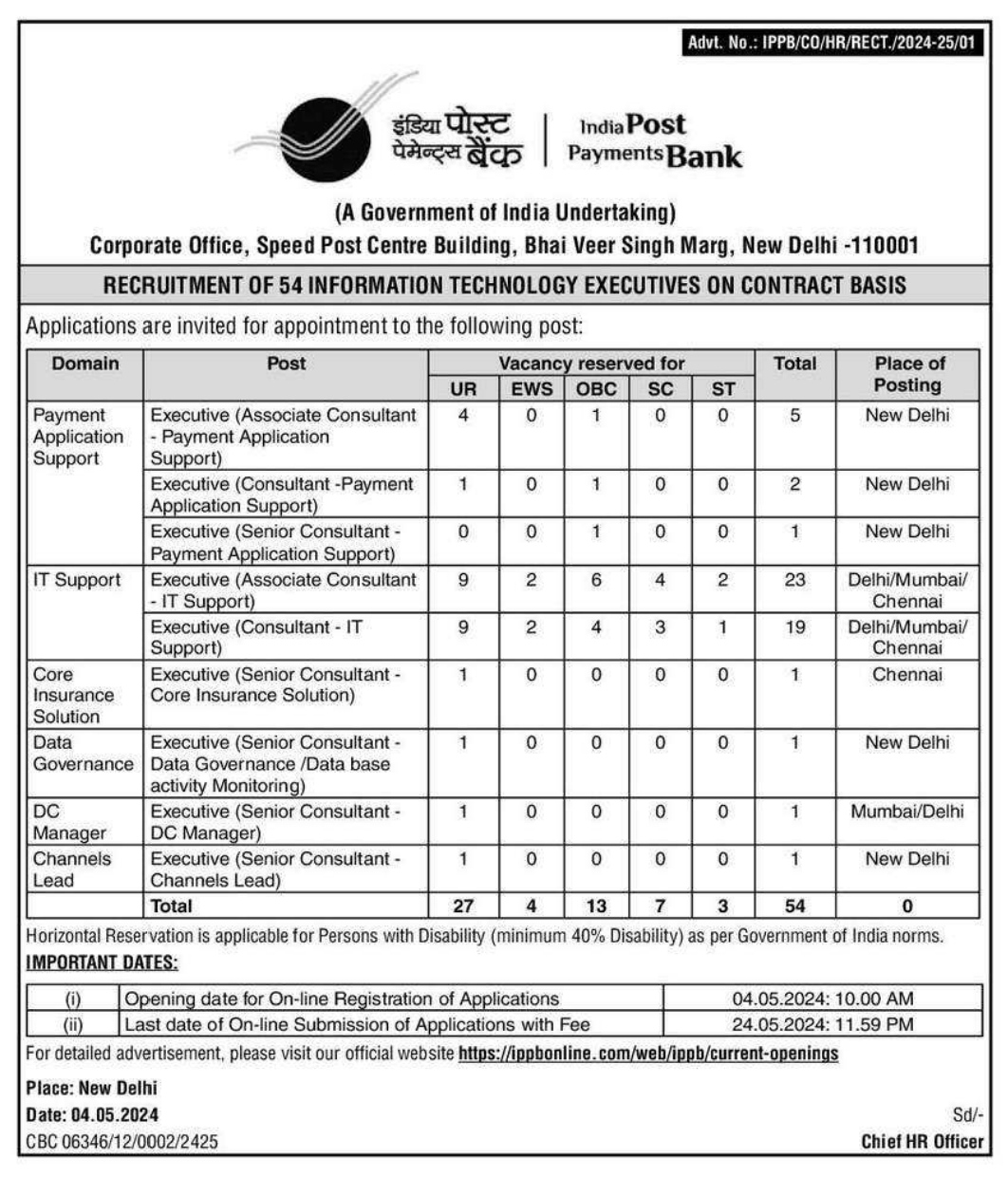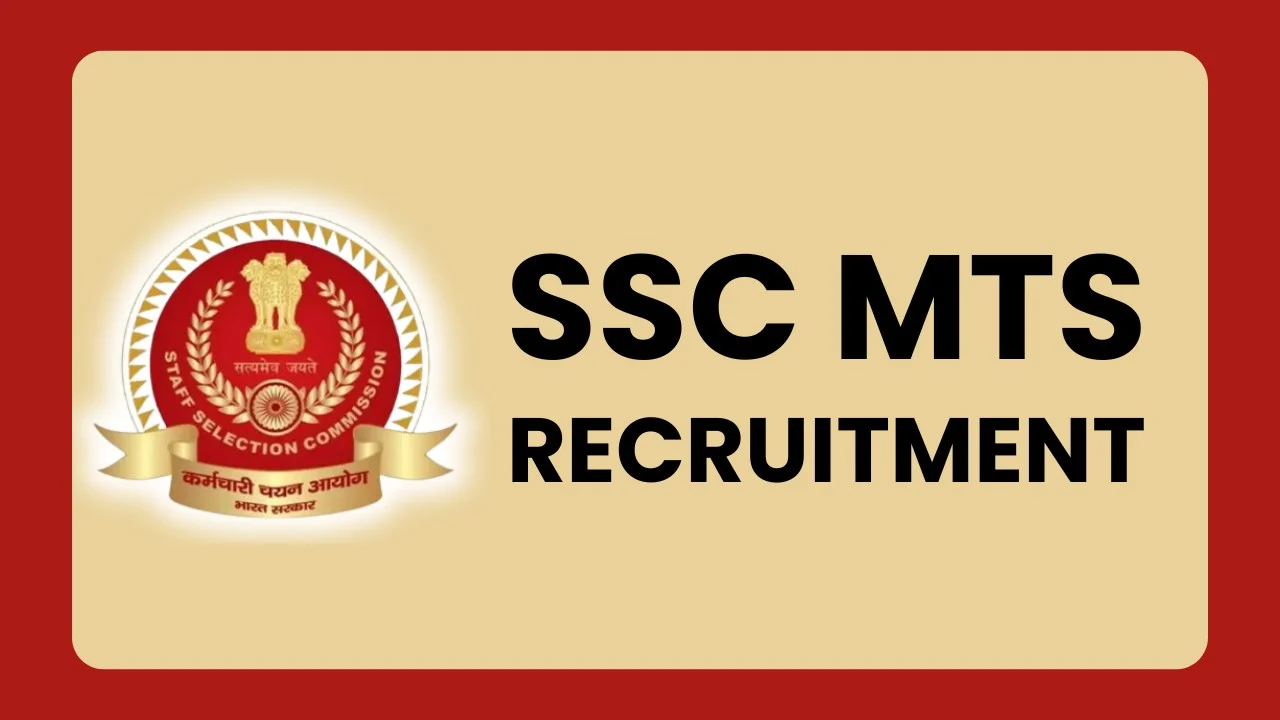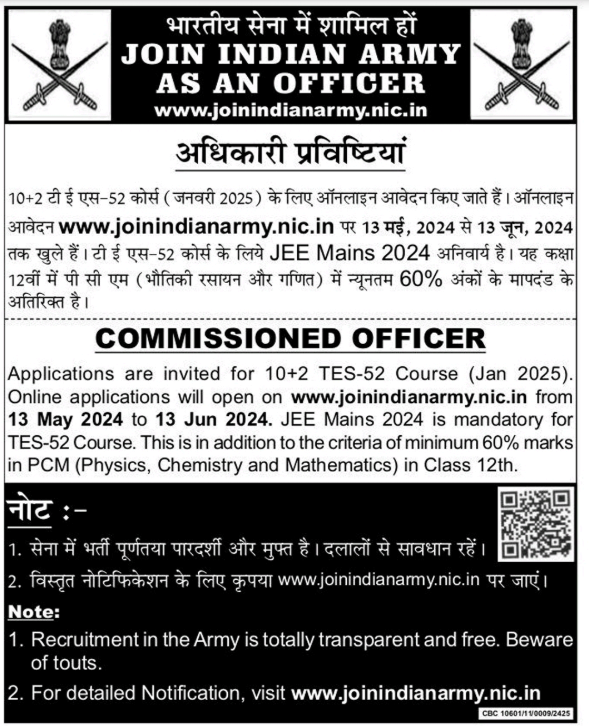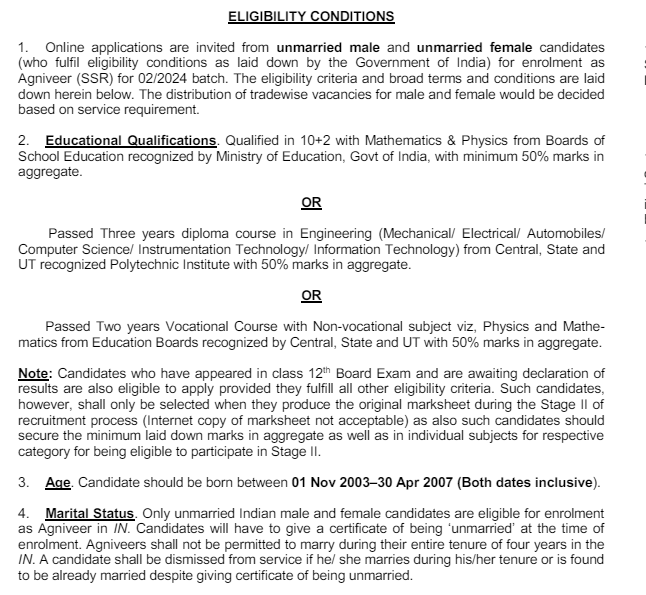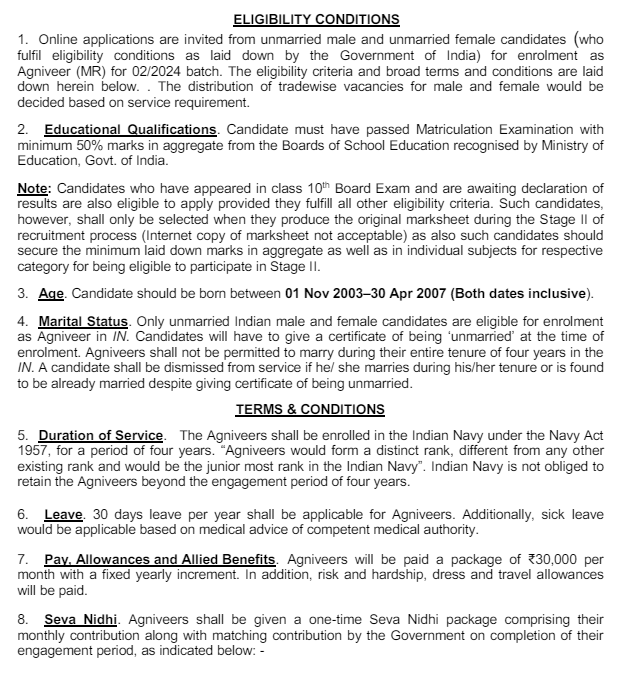Electrical Basic Questions 8

Category –EE MCQ PDF
Telegram-Join Us On Telegram
Attempt Free Electrical Basic Questions 8 Here. Read The Important Electrical Basic Questions 8 MCQ From Below.
1.Which of the following method of speed control of D.C. machine will offer minimum efficiency ?
A. Voltage control method
B. Field control method
D. Armature control method
D. All above methods
ANSWER : : Armature control method
2.Sparking, is discouraged in a D.C. motor because
A. it increases the input power con-sumption
B. commutator gets damaged
C. both (a) and (b)
D. none of the above
ANSWER : : commutator gets damaged
3.The speed of a D.C. motor can be varied by varying
A. field current
B. applied voltage
C. resistance in series with armature
D. any of the above
ANSWER : : any of the above
4.If I be the armature current, then speed of a D.C. shunt motor is
A. independent of Ia
B. proportional to la
C. varies as (Ia)
D. none of these
ANSWER : : independent of Ia
Electrical Basic Questions 8
5.Which D.C. motor is generally preferred for cranes and hoists ?
A. Series motor
B. Shunt motor
C. Cumulatively compounded motor
D. Differentially compounded motor
ANSWER : : Series motor
6.Speed control by Ward Leonard method gives uniform speed variation
A. in one direction
B. in both directions
C. below normal speed only
D. above normal speed only.
ANSWER : : in both directions
7.Which of the following motor has the poorest speed regulation ?
A. Shunt motor
B. Series motor
C. Differential compound motor
D. Cumulative compound motor
ANSWER : : Series motor
8.Three point starter can be used for
A. series motor only
B. shunt motor only
C. compound motor only
D. both shunt and compound motor
ANSWER : : both shunt and compound motor
9.Flywheel is used with D.C. compound motor to reduce the peak demand by the motor, compound motor will have
to be
A. level compounded
B. under compounded
C. cumulatively compounded
D. differentially compounded
ANSWER : : cumulatively compounded
Electrical Basic Questions 8
10.Which one of the following is not necessarily the advantage of D.C. motors over A.C. motors ?
A. Low cost
B. Wide speed range
C. Stability
D. High starting torque.
ANSWER : : Low cost
11.Following motor is used where high starting torque and wide speed range control is required.
A. Single phase capacitor start
B. Induction motor
C. Synchronous motor
D. D.C. motor
ANSWER : : D.C. motor
12.At the instant of starting when a D.C. motor is put on supply, it behaves like
A. a highly resistive circuit
B. a low resistance circuit
C. a capacitive circuit
D. none of the above
ANSWER : : a low resistance circuit
13.As -the load is increased the speed of D.C. shunt motor will
A. reduce slightly
B. increase slightly
C. increase proportionately
D. remains unchanged
ANSWER : : reduce slightly
14.In D.C. machines the residual magnetism is of the order of
A. 2 to 3 per cent
B. 10 to 15 per cent
C. 20 to 25 per cent
D. 50 to 75 per cent
ANSWER : : 2 to 3 per cent
15.The armature voltage control of D.C. motor provides
A. constant torque drive
B. constant voltage drive
C. constant current drive
D. none of the above
ANSWER : : constant torque drive
Electrical Basic Questions 8
16.For a D.C. shunt motor if the excitation is changed
A. torque will remain constant
B. torque will change but power will remain constant
C. torque and power both will change
torque, power and speed, all will change
ANSWER : : torque will change but power will remain constant
17.Usually wide and sensitive speed control is desired in case of
A. centrifugal pumps
B. elevators
C. steel rolling mills
D. colliery winders
ANSWER : : colliery winders
18.As there is no back e.m.f. at the instant of starting aD.C. motor, in order to prevent a heavy current from flowing though the
armature circuit
A. .Aa resistance is connected in series with armature
B. a resistance is connected parallel to the armature
C. armature is temporarily open circuited
D. a high value resistor is connected across the field winding
ANSWER : : a resistance is connected in series with armature
19.In a differentially compounded D.C. motor, if shunt field suddenly opens
A. the motor will first stop and then run in opposite direction as series motor
B. the motor will work as series motor and run at slow speed in the same direction
C. the motor will work as series motor and run at high speed in the same direction
D. the motor will not work and come to stop
ANSWER : : the motor will first stop and then run in opposite direction as series moto
Electrical Basic Questions 8
20.The speed of a D.C. shunt motor can be increased by
A. increasing the resistance in armature circuit
B. increasing the resistance in field circuit
C. reducing the resistance in the field circuit
D. reducing the resistance in the armature circuit
ANSWER : : increasing the resistance in field circuit
21.The armature torque of the D.C. shunt motor is proportional to
A. field flux only
B. armature current only
C. both (a) and (b)
D. none of the above
ANSWER : : armature current only
Electrical Basic Questions 8
22.In case the back e.m.f. and the speed of a D.C. motor are doubled, the torque developed by the motor will
A. remain unchanged
B. reduce to one-fourth value
C. increase four folds
D. be doubled
ANSWER : : remain unchanged
23.The speed of a motor falls from 1100 r.p.m. at no-load to 1050 r.p.m. at rated load. The speed regulation of the motor is
A. 2.36%
B. 4.76%
C. 6.77%
D. 8.84%
ANSWER : : 4.76%
24.Buses, trains, trolleys, hoists, cranes require high starting torque and therefore make use of
A. D.C. series motor
B. D.C. shunt motor
C. induction motor
D. all of above motors
ANSWER : : D.C. series motor
Electrical Basic Questions 8


